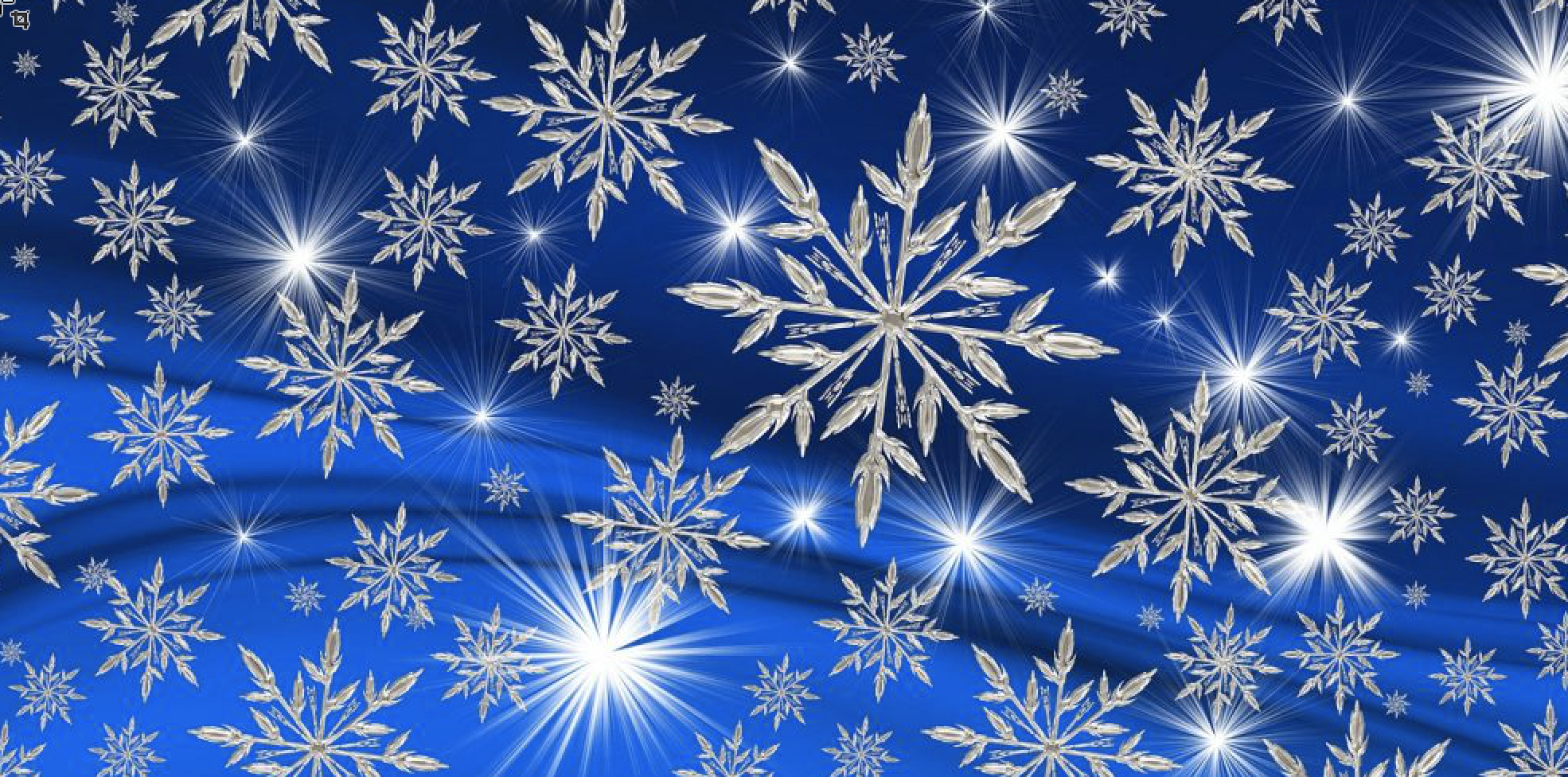
Why Does it Snow? Or Not?
William A. Liggett — Apr 2, 2018
This has been a bad winter for snow in Colorado—just 74% of normal by the end of February—so people are worried. What does this mean for the ski industry? What about the snowpack and drought? What’s causing this?
I’ve been thinking a lot about snow lately, partly for these reasons, but partly because I’ve been working on the sequel to my first novel, Watermelon Snow. The new challenges I’ve thrown at my characters have prompted me to research snow formation and cloud-seeding efforts to enhance snowfall. This is what I’ve learned so far.
According to the scientific community, we can blame the La Nina cooling of the Pacific for the lack of snow in Colorado this year, at least in the short term. We can’t rule out the overlay of rising temperatures due to global warming—in January, the average temperatures in Colorado and Wyoming were 3 to 7 degrees F above normal. Snowfall requires the right combination of cold, moist air, and seed particles for the snow crystals to form.
Emily Benson wrote “A flurry of research illuminates snow’s foes” in the March, 2018 edition of High Country News. She describes three new studies that point to hotter temperatures, humid air (which is counter-intuitive), and wind-blown dust as the main culprits.
Reduced snowfall creates problems beyond the losses from poor ski conditions, which is a considerable challenge for Colorado. Lower than normal snowpack in the mountains, nature’s way of storing water for slow release over the dry summer months, can lead to destructive wild fires and water shortages for wildlife, farms, and cities.
We usually experience snowstorms, like most weather events, as something to “weather”—something to endure through our morning commute. But do we stop to ask what’s really going on? This video explains concisely, better than I could, what causes snow to form:
As the video says, “No two snowflakes are ever alike,” and this excellent primer explains why there are so many different shapes. As the snow crystals tumble through the clouds, they experience “ever changing temperatures and humidities, and each change makes the crystal[s] grow a bit differently.”
Some researchers have studied snow intensively to understand the meaning of the various crystal shapes. This information can help assess the risk of avalanche, for example. In fact, Ed LaChapelle, who oversaw the avalanche patrol at the ski area in Alta, Utah, for many years, wrote the book Field Guide to Snow Crystals. He also led the University of Washington’s research project during the summer I worked on the Blue Glacier.
Given the shrinking of glaciers and the worrisome reduction of snowpack in the Sierras and Rocky Mountains, is there anything that humans can do to stimulate more snowfall? You’ve probably heard of cloud seeding to make rain. Studies are underway in Colorado, Wyoming, Idaho, and even Australia to learn whether clouds can be seeded to enhance the efficiency of snow production.
The preliminary results suggest that cloud seeding for snow production does work and has been verified under field conditions. But the cost vs. benefit has yet to be determined, since it’s difficult to separate the amount of artificially enhanced snow from what would have occurred naturally.
So we understand what causes snow, and we’re getting closer to figuring out how to make more. It remains to be seen if we can produce enough to reverse some of the effects of global warming, such as retreating glaciers, but the initial studies offer some promise.
Snow or no snow, my characters are still in a lot of trouble after returning to the Blue Glacier to confront the mysterious conditions they’ve never encountered before.
Bill Liggett writes fiction that blends behavioral and earth sciences in the new literary genre “cli-fi,” or climate fiction. In Watermelon Snow, his first novel, a long-frozen virus melts from a glacier, threatening a pandemic. His second novel, Panic Peak, (in process) entails a plot to geoengineer the earth’s climate. The planned third novel in the trilogy paints a hopeful future, based on solutions to global warming.
Previous Post: The Ice Ax: A Lifesaver
Next Post: Save the Ice Worm
Hi Bill, i recently finished your novel, Watermellon Snow and very much enjoyed it. My first novel was also a climate fiction thriller – TIPPING POINT. You might enjoy it. I’ve left my website details below. Keep up the great work though – i’ll be buying WM 2 as soon as it’s out! 🙂
Bill, this is good news re ”I’ve been thinking a lot about snow lately, partly for these reasons, but partly because I’ve been working on the sequel to my first novel, Watermelon Snow. ”